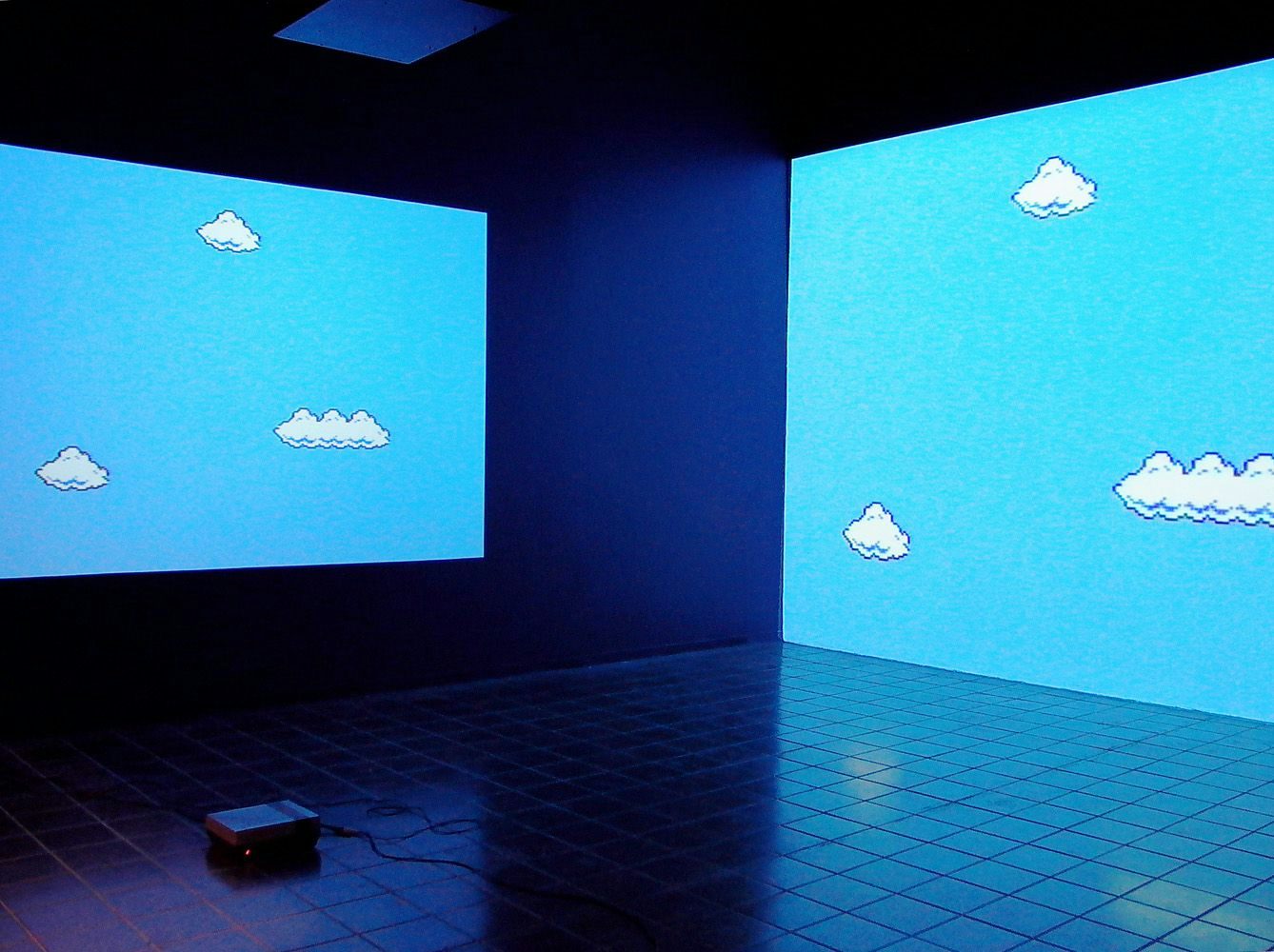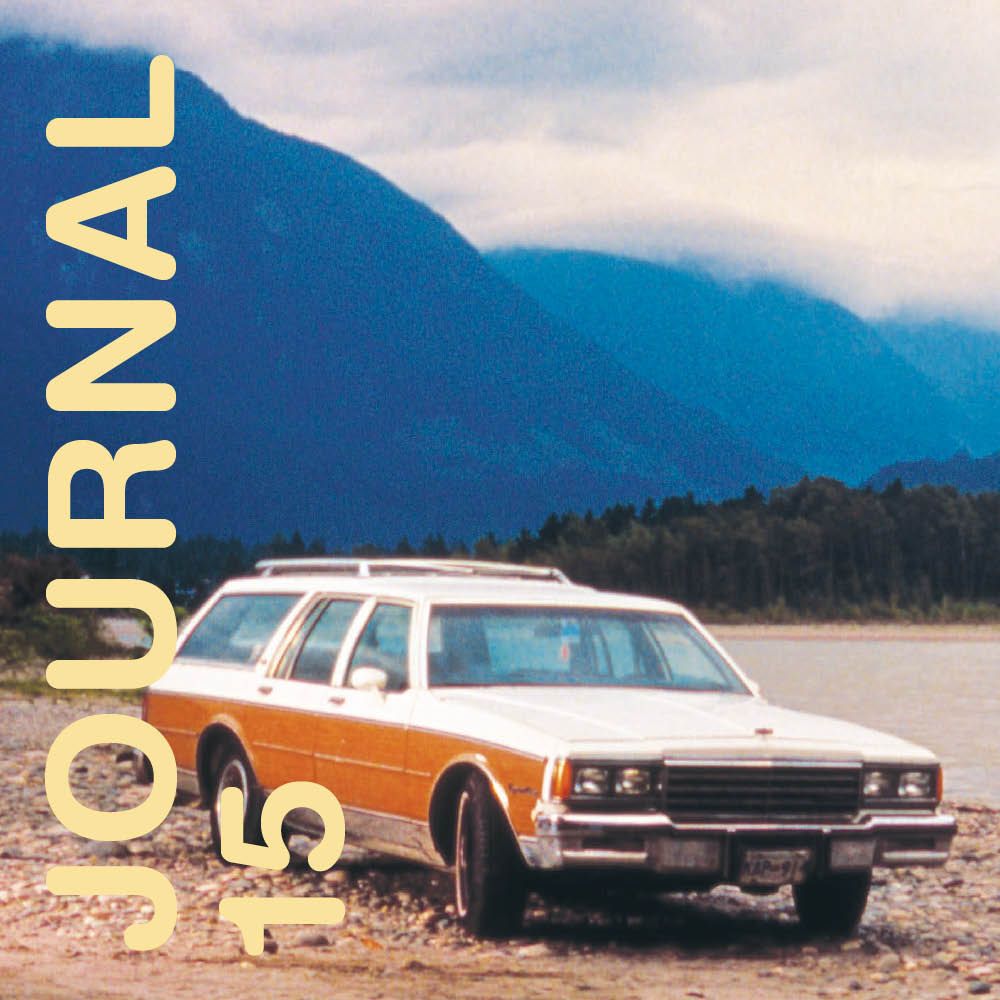
Le système des allusions
2005.05.07 - 06.25
There are numerous artistic practices that appropriate or mimic pre-existing images, drawn from the vast bank of them that makes up visual culture. A considerable number of artists are thus abandoning the work of representing reality, in its immediate, direct form, now preferring to reference this inexhaustible reserve of images. Those attempting to trace the origins of this aesthetic often point to the rhetoric of the ready-made—to the famous appropriation by Marcel Duchamp of a mechanical reproduction of the Mona Lisa—and to the allegorical nature of collage and photomontage as practiced by the artists of the avant-garde. And yet, this “new” imaginative space had already been observed in the 19th century by Gustave Flaubert, for whom, as Michel Foucault writes, “A true image is now a product of learning. It derives from words spoken in the past, exact recensions, the amassing of minute facts, monuments reduced to infinitesimal fragments, and the reproductions of reproductions. In the modem experience, these elements contain the power of the impossible.”1 This relationship to the world of Bouvard and Pécuchet, essentially a relationship to the authority of books—educational works, encyclopedias, literary works, philosophical essays, scientific texts, holy scripture—speaks eloquently to that shift, from the reference drawn from reality to that drawn from books. However, that imaginative space is not erected against reality; on the contrary, it takes shape in the space of existing books and is superimposed on the real world to turn it into a domain of added experiences. Like the library, the image society is a monument to knowledge and an incubator of experience. Can we not today consider that the so-called real world has also become the sum of the images by which it is shown to us, be they fictional or not?

The many references to pictures in artistic practices since the 1960s would seem to suggest so. Several artists—all of them contemporaneous with a society in which reality is increasingly duplicated by signs—appropriate existing images or reproduce their codes and conventions, often with the goal of challenging the experience models to which they are today submitted by advertising, reproductions of works in print publications, and the cinema. This attitude, manifest in the work of several American artists—John Baldessari, Dara Birnbaum, Barbara Kruger, Sherrie Levine, Richard Prince, and Cindy Sherman among them—also provided opportunities, especially in the 1970s and 1980s, to begin explorations of originality, feminism, identity, and the effects of colonialism, as well as reinterpret works from art history. As such, this attitude can be said to rest on a symbolic process of incorporation of visual culture. On the one hand it presents the possibility of appropriating for oneself the aesthetic stakes and allegiances to which the artists lay claim, or else to differentiate oneself from them. On the other, it is symptomatic of a subjectivity now marked by an experience of the world that is image-mediated: every subject perceives the world around her through a cultural and historic screen made up of a repository of images and signifiers that condition her ways of seeing and thinking. This vast bank of images eventually ramifies into a referential system that is irrevocably incorporated into our experience of the world. In the sphere of the visual arts, this process of incorporation has, more often than not, critical designs. Most of the artists who reference existing images in their work deploy a conceptual apparatus that affords them the distancing necessary to add meaning to the incorporated reference. A good number of current photography and videography practitioners are engaged in uncovering the rhetorical strategies of producers of global images; deconstructing the formal codes and conventions of Hollywood films or TV images; or undermining advertising imagery by parodying its tactics, mimicking its slogans or criticizing its stereotypes. This use of reference, so important in art today, offers artists an efficient means of observing visual culture and questioning its role in the production of meaning and ideology.
Artists deploy many means to signal the presence of a reference in their works. Explicit reference markers are often visible in titles, either through literal citation, indication of origin, or the use of italics or quotation marks. Most often, though, the reference must be divined based on a network of more or less precise clues. This is true in the case of each of the four artists brought together for this exhibition. The works shown by Cory Arcangel, Michel de Broin, Stan Douglas, and Kevin Schmidt use the allusive power of the image to subtly lay bare the social structures, systems of production, or aesthetic conventions that engendered them. In that sense, the allusion might be viewed as a thematic clue based on which these artists’ works establish a dialogue. Indeed this figure of thought does seem well suited to defining an aesthetic attitude that includes all practices that are reliant on a referential mechanism. Allusion has traditionally been defined as a combinatorial way of thinking that deploys the resources of implicit discourse to name something that is related to something else without stating it explicitly. In that sense it is a risky statement because its referential content is likely to be lost on anyone who lacks the necessary knowledge or mental acuity to decode it. Further, it is intrinsically linked to the fact that culture is a social institution, custodian of collective memory and shared knowledge. As defined by Antoine Compagnon, however, allusion has taken on a new meaning since its description by contemporary theorists, according to the logic of “intertextuality” as referring to any device that places two or more texts in relation to one another.2 There is a subtle shift in focus from the source of the allusion to the relationship that it produces. Before, allusion was a justification of erudite knowledge of sources; now it encourages intertextual and semiotic analysis of the relationships between “statements that allude to” and “statements alluded to.” The consequence, Compagnon continues, is that “explicit references are now treated as allusional signals to the same degree as implicit references.”3 This explains how allusion has evolved into a global category that borrows a diversity of means including appropriation, citation, reconstitution, transposition and remaking to establish a variety of relationships between the statements.4 In this sense, allusion is here compared to a dynamic system whose components have interdependent relationships to one another whose effects varying according to their type.
Thus allusion is used by all the artists in this exhibition to posit a relationship between the work and its reference, so as to have their meaning rest on experience models that we are likely to recognize: Stan Douglas borrows from filmmaking techniques to transform a Vancouver street into a static and strange standing set; Kevin Schmidt employs a pastiche of adspeak to lay bare its contrivances; Cory Arcangel appropriates early videogame imagery to create an unexpected experience of landscape; Michel de Broin reproduces the minimalist shapes that he occasionally finds in public spaces. Their works also afford us the opportunity to examine the gap separating the work from the referenced work, so as to understand the critical stance subtending this re-production—which may be ironic, sarcastic, imitative or admiring, but which rarely remains indifferent to the model to which it refers allusively. There are many who criticize these kinds of allusive practices because of their use of detours punctuated by references (impenetrable, to the critics’ eyes) to get to the meaning of the work. On the contrary: the use of allusion stems most often from a desire to more actively involve the spectator in its interpretation. The difficulty, perhaps, lies more in the effort that is demanded.
This text is an excerpt adapted from the essay “The System of Allusions” to be published in an anthology by Gallery 44 and YYZ Books.